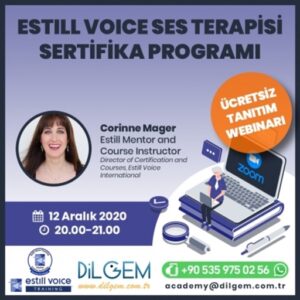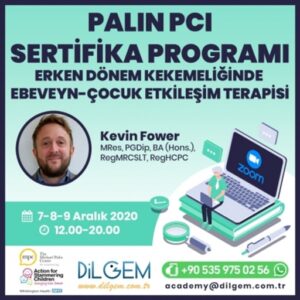Introduction to LIDCOMBE Program
The Lidcombe Program is a behavioural treatment for children who stutter who are younger than 6 years. It may be suitable for some older children. The program takes its name from the suburb of Sydney where the Australian Stuttering Research Centre was located.
The treatment is administered by a parent or carer in the child’s everyday environment. Parents learn how to do the treatment during weekly visits to the speech-language pathologist. During these visits, the speech-language pathologist teaches the parent by demonstrating various features of the treatment, observing the parent do the treatment, and giving parents feedback about how they are going with the treatment. This parent training is essential, because it is the speech-language pathologist’s responsibility to ensure that the treatment is done appropriately and is a positive experience for the child and the family.
The treatment is direct. This means that it involves the parent commenting directly about the child’s speech. This parent feedback needs to be generally positive. The parent comments primarily when the child speaks without stuttering and only occasionally when the child stutters. The parent does not comment on the child’s speech all the time, but chooses specific times during the day during which to give the child feedback.
As well as learning how to give feedback effectively, the parent also learns to measure the child’s stuttering each day with a scale from 0 to 9, where 0 is no stuttering, 1 is extremely mild stuttering, and 9 is extremely severe stuttering. At each clinic visit, the speech-language pathologist and the parent discuss at these severity ratings for the previous week to see what effect the treatment is having outside the clinic. This is an essential process to ensure that the treatment works properly.
The Lidcombe Program has two stages:
During Stage 1, the parent conducts the treatment each day and the parent and child attend the speech clinic once a week. This continues until stuttering either is gone or reaches an extremely low level.
Stage 2 of the program (or maintenance) starts at this time and lasts around a year. The aim of Stage 2 is to keep stuttering from returning. The use of parent feedback during Stage 2 is reduced, as is the number of clinic visits, providing that stuttering remains at the low level it was at the start of Stage 2. This maintenance part of the program is essential because it is well known that stuttering may reappear after a successful treatment. All children and families are different, and the speech-language pathologist takes this into account when supervising the treatment.
While the essential features of the treatment as set out in the Lidcombe Program treatment guide are always included, the way they are implemented is adjusted to suit each child and family. The Lidcombe Program Treatment Guide can be downloaded free of charge.





